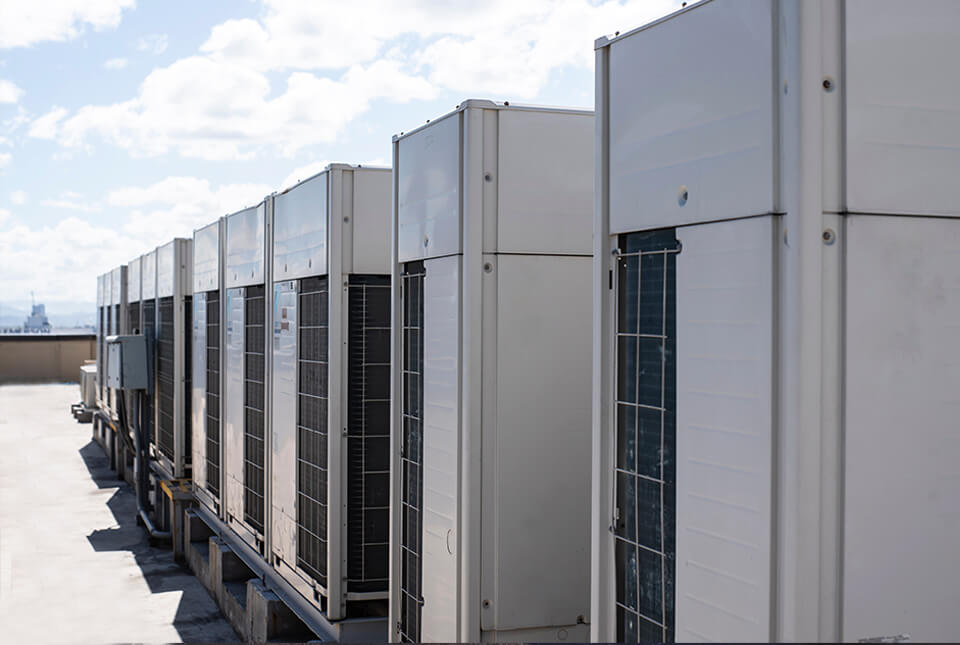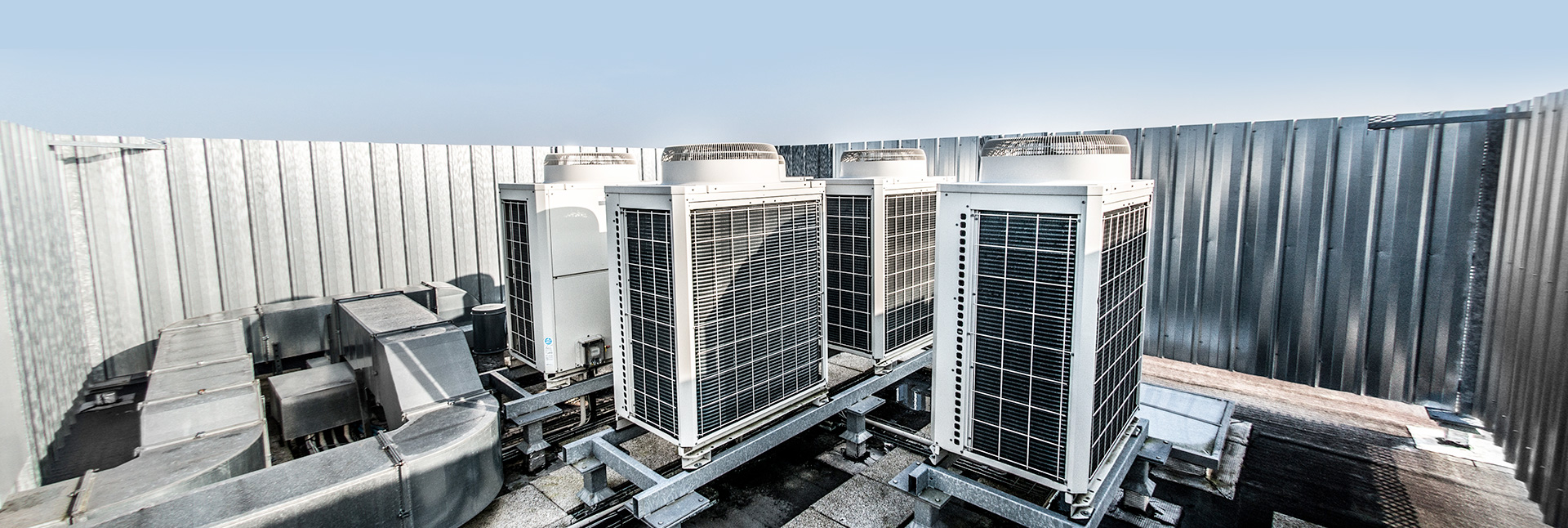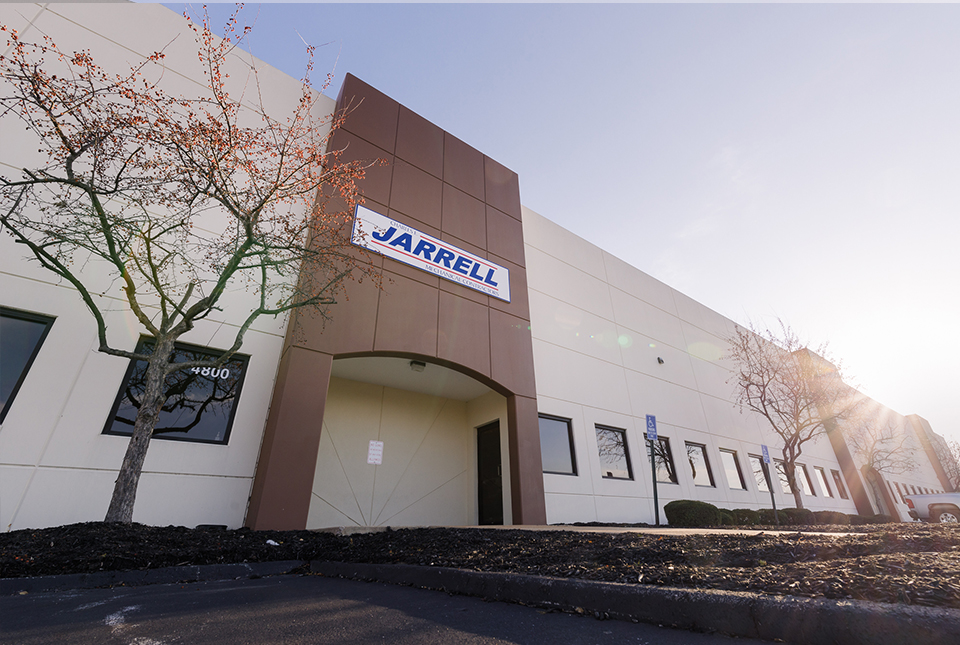VRF Systems
Variable refrigerant flow (VRF), is a type of HVAC technology first introduced in Japan in 1982. VRF systems use refrigerant as the cooling and heating medium, as opposed to forced water or air, and because they can precisely control the amount of refrigerant that flows through the system, they are an extremely energy efficient HVAC solution for commercial buildings.
In large buildings, there is often a need to have the ability to have different temperatures in different areas, even to the point where one area may need cooling and another needs heat. Throughout the day, the desired temperature may change due to varying occupancy, outside temperatures, office equipment that emit heat, and the time of day.
How VRF Systems Work
VRF systems are entirely electrical with a single outdoor condensing unit, multiple indoor units heating or cooling various zones, piping for refrigerant with branch selectors, and controls. They do not use ducts, like forced air does or chillers like water systems, although they do have the ability to connect to ducted systems.
Heat Recovery VRF systems have the ability to heat some zones while cooling others, usually utilizing a 3-pipe design, and can harness the heat created in cooling an area to heat another. While they have a higher initial cost than other HVAC units, they provide greater comfort to the building’s occupants and they are ultimately more energy and cost efficient.

Benefits of VRF Systems
- ZoningBy having multiple zones where the temperatures are controlled independently, users control the temperature and are more consistently comfortable. Imagine you’re in a building where the sun beats in on one side in the afternoon, leaving one side hot and the other cold. With a VRF system, the air conditioning and the heat can run independently of one another and keep the temperature the same on each side. Or perhaps there’s a room with an abundance of computers or servers that need to be kept cooler than office areas. By having the ability to choose varying temperatures, all of your occupants and your computers are kept at a consistent comfort level.
- Minimized DuctworkDuctwork may only be needed for ventilation purposes so it can be smaller. The units can be retrofitted to work with existing ductwork, however.
- Flexible and ModularBecause these systems are modular in design, they can grow with you. You can add more inside units so you have more heating and cooling zones, or you can use several outdoor units joined together for a higher capacity. Inside units come in different sizes and styles.
- QuietnessThe main unit is outside, and the inside units are much quieter than systems that push air through ductwork.
- MaintenanceBecause the amount of coolant going through the system is precise, it runs much less than other systems, so there is much less wear and tear on its parts. It also doesn’t have duct work that can require repair. All of this means fewer down times with a system in need of repair.
- Energy EfficiencyAlthough the initial cost for a VRF system is higher than traditional HVAC systems, they are much more energy-efficient and in some cases have been shown to save 40% of energy costs over forced air systems. They only send the exact amount of coolant into the system to meet the temperature requirement, so run time is minimized, saving energy and money.


